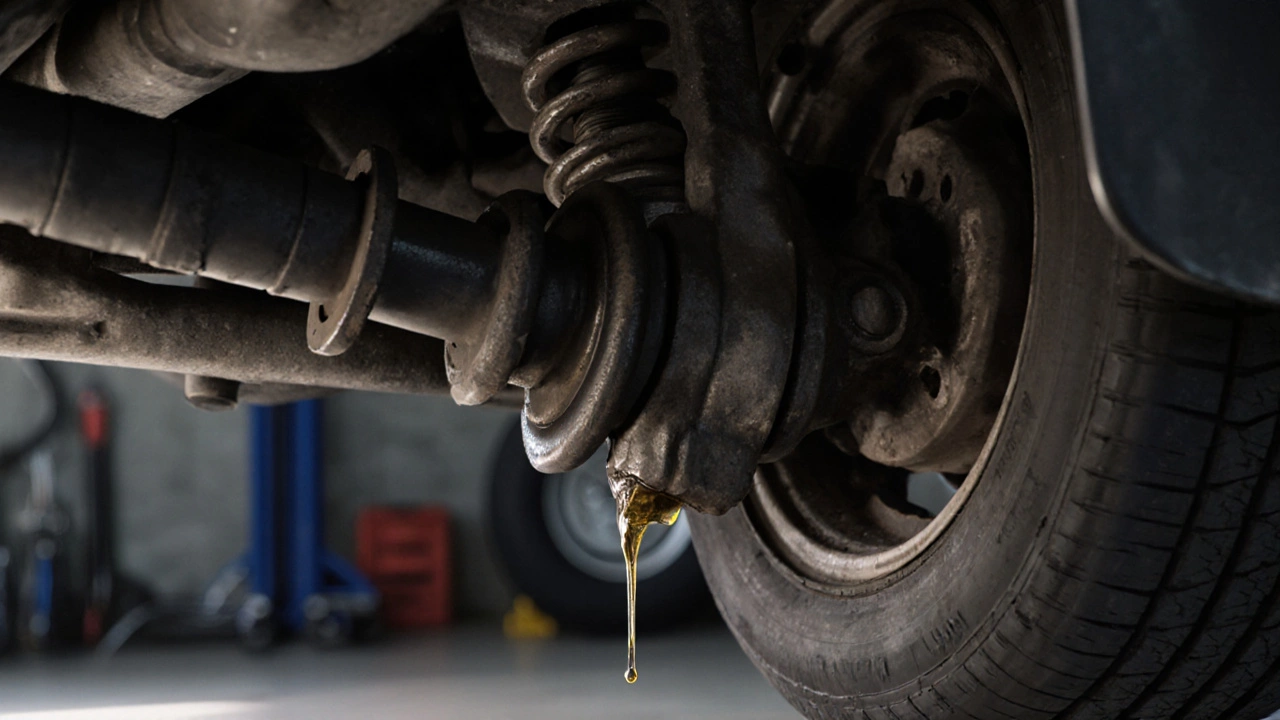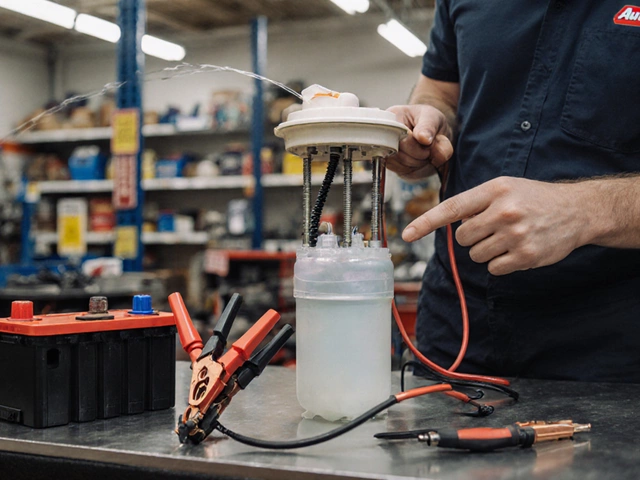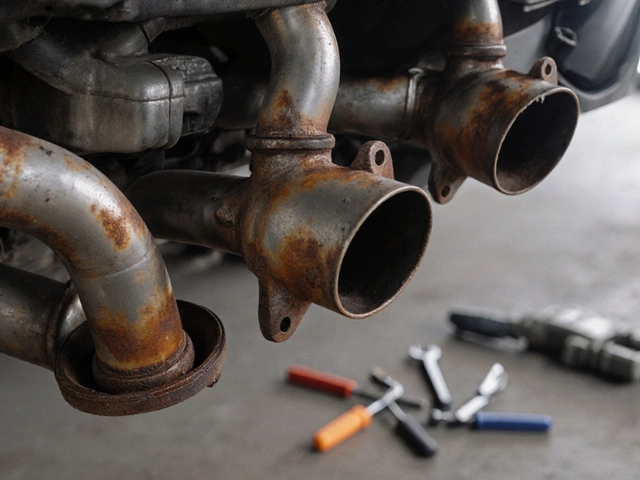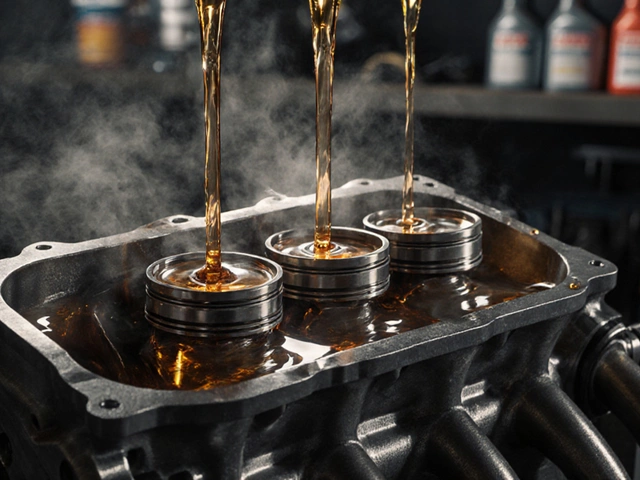Noisy Suspension: What's Wrong and How to Fix It
When your car makes strange noises over bumps—clunks, squeaks, or thuds—it’s not just the road. It’s your noisy suspension, the system that connects your wheels to the frame and absorbs road shocks. Also known as suspension problems, this issue often starts small but quickly turns into a safety risk if ignored. Your suspension isn’t just about comfort; it keeps your tires on the road, helps you stop faster, and keeps your car stable during turns. If it’s making noise, something’s worn out—and it’s probably not just one part.
Most of the time, the culprit is a worn shock absorber, a component that controls how quickly the suspension moves up and down. These aren’t just simple springs—they’re hydraulic dampers that wear out over time. When they go bad, you hear a loud thump over speed bumps, and your car bounces like a trampoline. But it’s not always the shocks. Loose suspension components, including control arms, bushings, sway bar links, and ball joints can rattle and clunk too. These parts are made of rubber and metal, and over years of driving, the rubber cracks, the bolts loosen, and the metal wears down. A single bad bushing can make your whole front end sound like a tin can full of rocks.
What’s worse, these problems don’t happen in isolation. A worn shock accelerates tire wear. Loose ball joints affect steering. Damaged sway bar links cause uneven body roll. All of this adds up to reduced control, longer stopping distances, and a higher chance of losing traction in wet or icy conditions. If you’ve noticed your car leaning more than usual when turning, or if the ride feels floaty and unresponsive, those are red flags. You don’t need a mechanic to tell you this—just listen. The noises are your car talking.
Fixing a noisy suspension isn’t always expensive, but it’s rarely a quick fix. Replacing just one part might silence the noise temporarily, but if other parts are worn, the problem will come back. That’s why most smart drivers check the whole system when one part fails. You’ll find guides below that walk you through exactly what to inspect, which parts are most likely to fail, and how to tell if you’re dealing with a simple bushing or something more serious like a broken strut. Whether you’re a DIYer with basic tools or someone who just wants to know what to ask a mechanic, the posts here give you the real talk—no fluff, no jargon, just what works.

What Sound Does a Car Make When Shocks Are Bad?
Bad shocks make loud clunks, thumps, and rattles when driving over bumps. These sounds mean your car's suspension is failing-leading to longer stops, uneven tire wear, and dangerous handling. Don't ignore the noise.
CONTINUE READING







